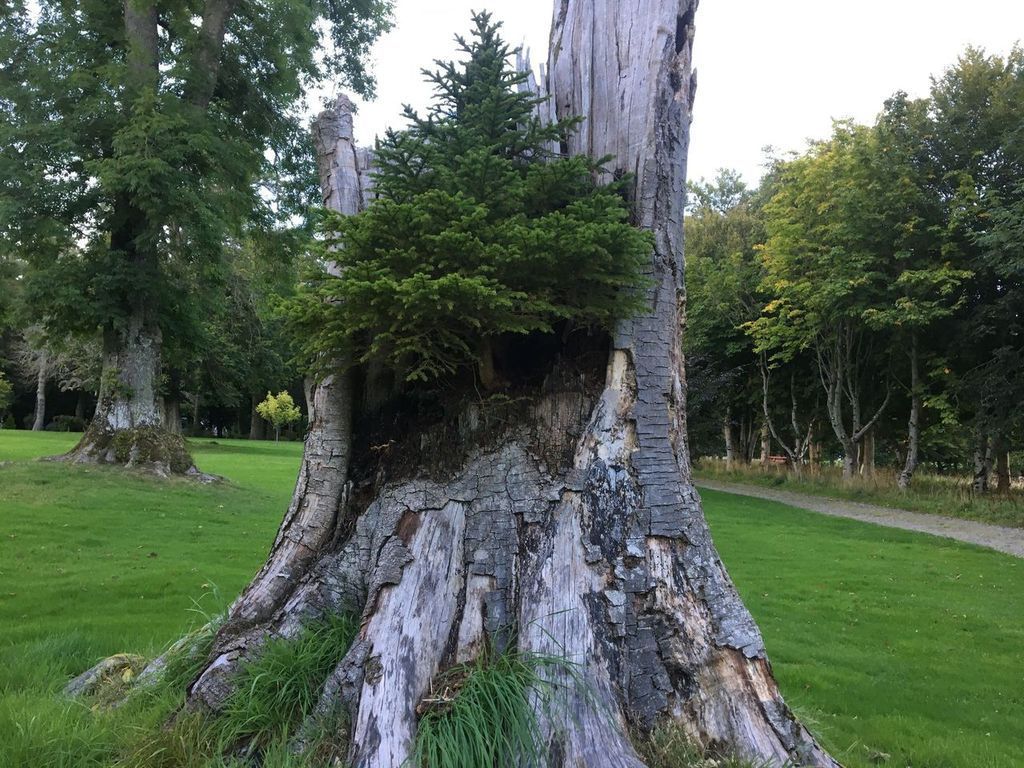Veteran and Heritage Tree Management
Cultural and environmental contributions made by significant native and exotic trees play an intrinsic role in our everyday lives. These often ancient and giant trees can present technically difficult management problems, for which Arboretum Internationale has solutions based upon many years of real experience working with some of Europe's oldest and largest specimen trees.
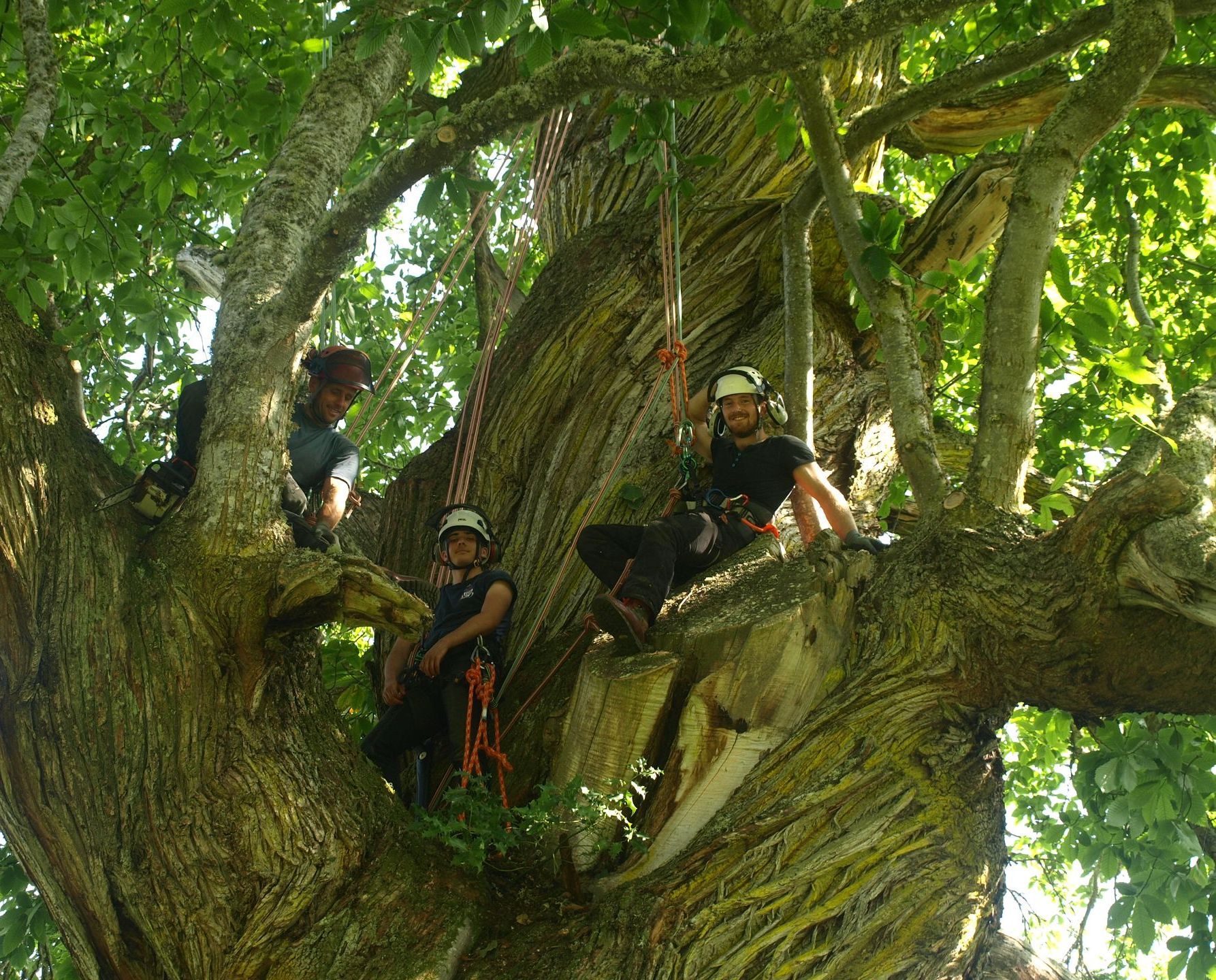
Sweet chestnut, Castle Leod
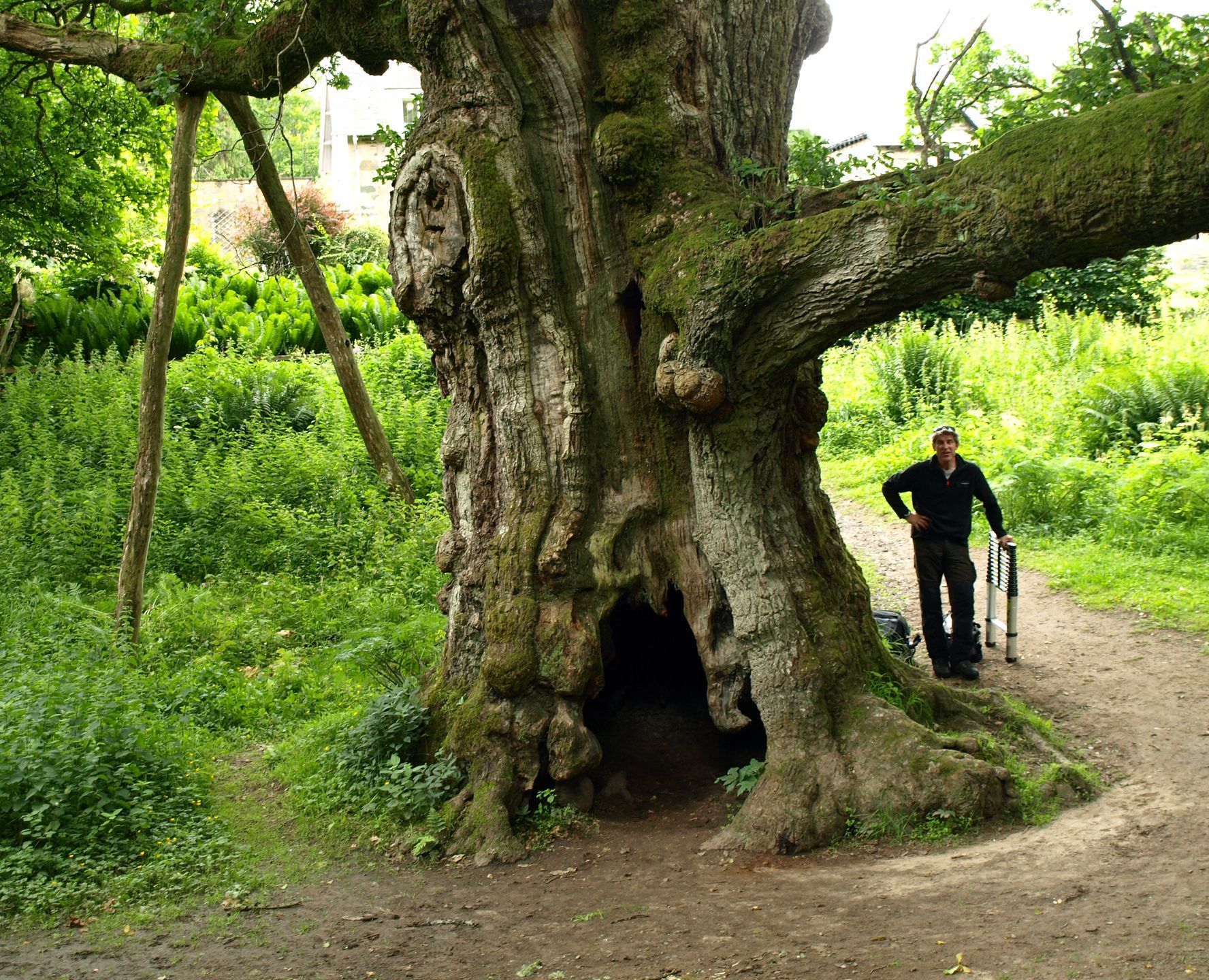
Birnam oak
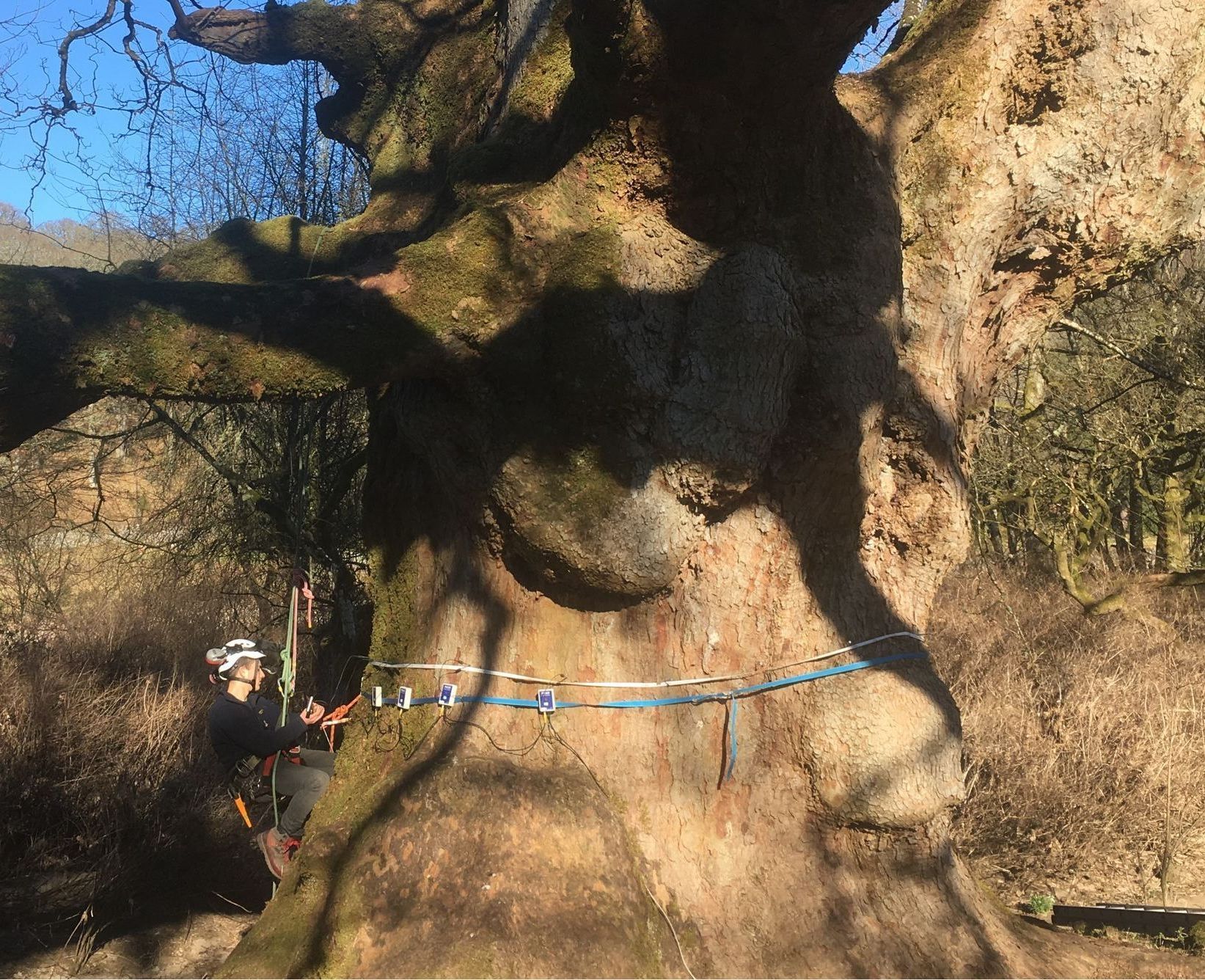
Birnam sycamore
Cultural and environmental contributions made by significant native and exotic trees play an intrinsic role in our everyday lives. These often ancient and giant trees can present technically difficult management problems, for which Arboretum Internationale has solutions based upon many years of real experience working with some of Europe's oldest and largest specimen trees.
It is thought that 80% of Europe's ancient trees reside in the UK; most within 20 miles of a town or village. Many of the oldest are associated with places of worship. Indeed Europe's oldest tree (perhaps), the 'Fortingall Yew' in Perthshire, may be in excess of 4000 years old. Older, mature, native and exotic trees often have the potential to be described as 'Veteran', or 'Heritage': Veteran describes those trees of extraordinary age for their species, and Heritage alludes to some human, cultural connection (e.g. folklore, religious, or commemorative). In many cases Veteran and Heritage value may well be found in the same tree.
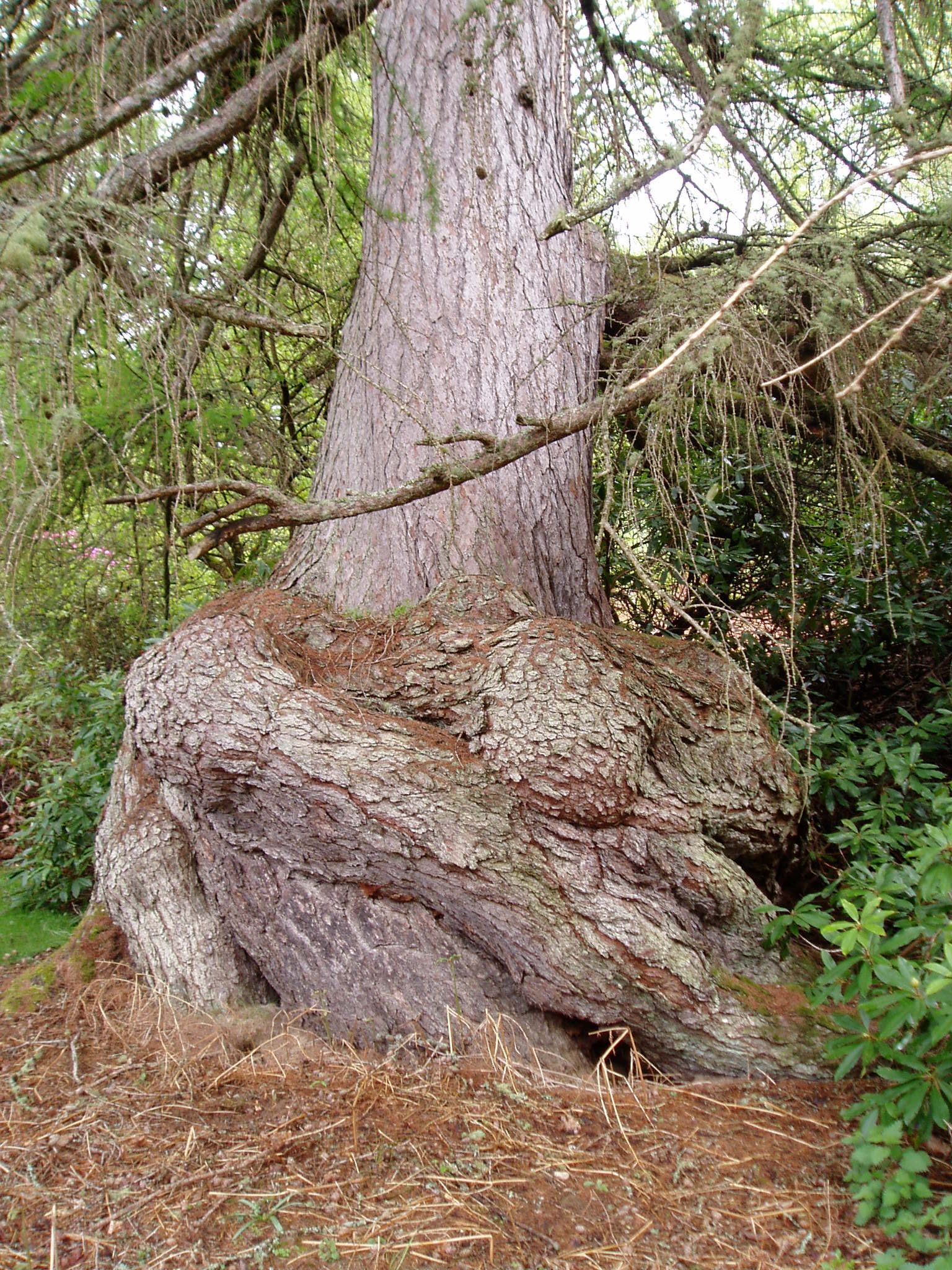
Whilst we should hope to continue to enjoy today's veteran and heritage trees for many years to come, we must not ignore their basic requirements. Often as a consequence of the conflict with human demands on our landscapes, water, sunlight, oxygen and nutrients may become increasingly unavailable to trees. Natural disasters (drought, storms, pest plagues) all play a part in the normal life-cycle of trees. Where these are coupled with human factors - pollution, agriculture and development pressures, vandalism and ill-advised pruning it is challenging for trees to reaching a ripe old age in good condition.
The sustainable management of this invaluable natural tree resource requires planning to ensure appropriate and adequate legal protection, supported through education and municipal funding, encouraging cyclical maintenance programs, interpretation, and provision for replacement, to set the foundations for tomorrow's heritage trees. Increasing numbers of well intentioned, local and national 'old tree' groups and societies have evolved in recent decades. The number of high quality publications, illustrating wondrous national and international old trees, is nothing short of astounding, given the level of general public interest only twenty years ago. Clearly, veteran and heritage trees are on the public green agenda, and the 'feel good' factor continues to grow.
The practical management options for individual specimen and small groups of trees may differ considerably from those employed in traditional amenity, woodland or commercial forest settings. The growing public awareness and increasing professional involvement in the management of 'old' trees have led to significant changes and new developments in the techniques engaged to ensure the continued well being of the trees themselves and the associated flora and fauna. Horticultural landscape managers, foresters, arborists, conservation managers, wildlife managers and the organisations in which they work all realise the importance of the veteran and ancient trees in their care and the responsibility they have for them. They appreciate the techniques and expertise available through which such trees can be properly conserved. Having revisited historical management principals and practices and combined them with the best of modern technology, Arboretum Internationale is well placed to safely conserve these unique structures and habitats.
